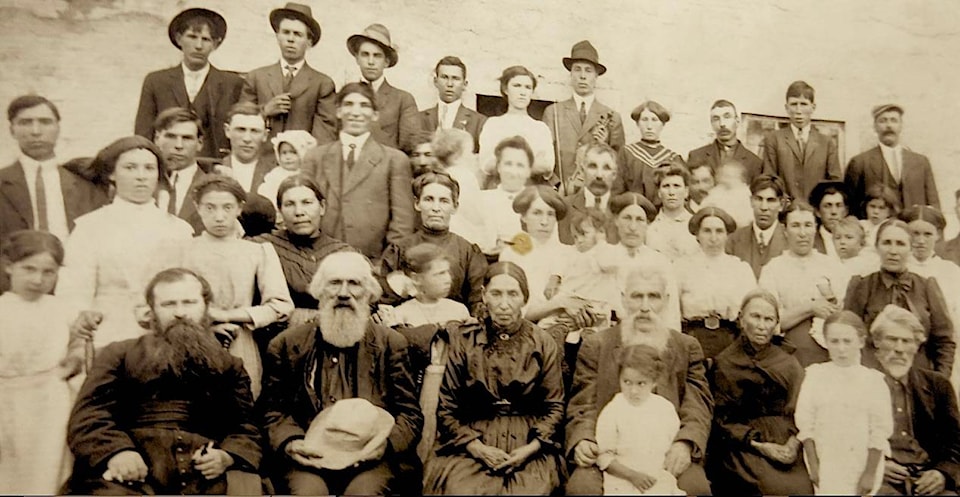Warning: The following details may disturb some readers.
Red Deer Métis resident Lucille Gaumond has complicated feelings about witnessing statues of Canada’s historic leaders, culpable for residential schools, pulled down, stomped on and splattered with red paint.
“I understand the sentiment,” said Gaumond, who was herself abused by nuns at a non-residential school she attended in Saskatchewan.
But she questioned, isn’t there a better way of rebuilding the future out of a destructive past than violently pulling down statues?
The latest to fall was of Egerton Ryerson, engineer of the residential school system. Ryerson’s heavy statue was brought down using a tow rope in front of Ryerson University in Toronto on Sunday. The bronze head, stained red with paint, came off after demonstrators stomped on it. The statue was later thrown into Toronto Harbour.
University officials have stated they will not replace it.
Gaumond doesn’t think all of Canada’s historic leaders deserve to remain on pedestals. But she wonders why First Nations elders could not have been brought in to do a ceremonial smudging to “get rid of evils” instead of lasso-ing the statue and smashing it to the ground?
“Violence perpetuates the hatred and we don’t need any more hate,” said Gaumond, who’s been tearful since the unrecorded graves of 215 Indigenous residential school children were discovered in Kamloops, B.C. earlier this month.
The discovery was very triggering, said the Métis woman, who overcame abuse and systematic discrimination to become a registered nurse and artist.
Gaumond went to a partially segregated Catholic non-residential school in Leoville, Sask. in the 1950s: It was “Whites to the front and the ‘dirty’ Indians, Métis, half-breed ‘squaws’ and ‘savages’ in the back,” she recalled.
The nun who ruled the classroom with a yardstick would hit students for no reason — and it was always the children at the back of the classroom who were smacked, recalled Gaumond, whose forebearers helped launch the Métis resistance with Louis Riel in 1885.
“She never hit the Whites…I remember the blond girl at the front and wishing I were her.”
Gaumond remembers some students were forced to urinate and defecate at their desks because the nun wouldn’t let them go to the bathroom. “Then she would have you clean up the mess and go stand in the cloakroom all day. ‘Smelly Indian.’ Little kids… bladder the size of a ping pong ball…”
She had nightmares for years after witnessing a six-year-old classmate getting strapped so violently that she can still visualize the nun’s habit lifting at the back with her exertion.
Gaumond’s left-handed little sister was called “the devil’s spawn” and her left hand was swollen and bruised from being hit with a ruler. When she and her other siblings were strapped, they didn’t dare cry out for fear they would be hit some more.
Gaumond recalled the worst part was being similarly abused at home.
While her parents never talked about their childhood, she now sees evidence of them having gone to residential schools — for whenever an RCMP officer was in the area, she and her siblings had been told to hide.
Gaumond left home at age 15, and later married an abusive spouse — whom she later left.
She took her high school equivalency test, and her marks were in the top 10 per cent. She remembers the principal saying she had “too fine a mind to waste.” It was the first time anyone had praised her intelligence, recalled Gaumond, who had previously thought she was stupid.
She later earned her nursing credentials. But during her hospital career, Gaumond still saw and heard of incidents of racism against Indigenous patients.
It can sometimes all seem too hard to bear, admitted the Red Deer woman. But Gaumond wanted to tell her story to encourage others to talk about what happened to them — and to seek healing. “I am not the only one who’s suffered…
“I now realize I am a courageous warrior woman who has fought injustice, and who will be silent no more,” she added.
lmichelin@reddeeradvocate.com
Like us on Facebook and follow us on Twitter
